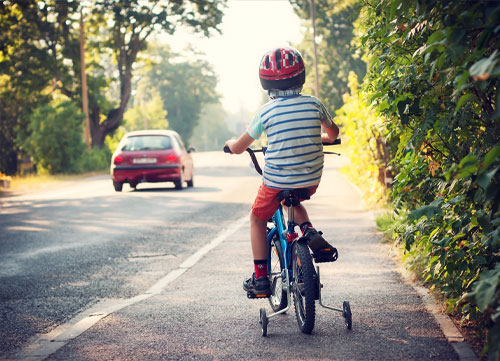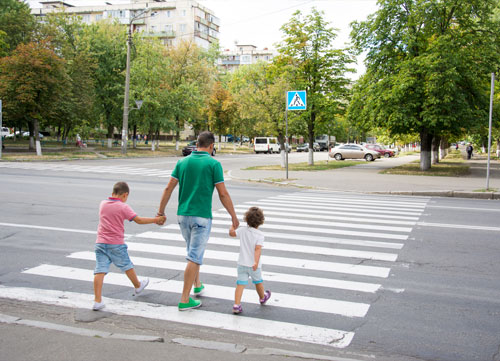
Being one of the biggest fleet vehicle leasing companies nationwide, one of our biggest priorities is that our drivers and members of the public are safe on the road.
Although teaching road safety to adults is essential to keep our drivers safe, teaching road safety for children is of the utmost importance, as they will be the example to teach future generations the message of practising road safety. Therefore, ensuring that children are fully aware of the dangers and importance of keeping safe when on the road and how to keep themselves and others out of harm is crucial.

Whether you work in the fleet business and see the dangers of the road first-hand day-to-day, or you’re simply struggling with how to teach proper road safety to your own children, we’ve put together these tips to help you get the message home.
While it is important to teach children the independence to be safe on the road, young children need to have examples set on the proper ways to behave. Young children learn through observing the behaviour of others and then proceed to copy this behaviour. So, when taking your young child out, practising your road safety skills and setting a good example is the best thing you can do to teach them good road safety skills.
The most effective way to teach this for very young children is to hold their hand in busy areas or when crossing the road. While it is important not to scare children or make them afraid to walk by the road in public places, knowing the dangers and consequences of a busy road will help them be cautious and practise better road safety.
Specific resources have been built on the road for a good reason. Pedestrian crossings, traffic lights, and zebra crossings have all been put in place to help prevent road accidents and make pedestrian access safer, so children must know their purpose and how to use them. When out for a walk, make sure to explain to your children why the various type of road safety features have been put where they are and what the difference is between all of them.

Many parents may be tempted to jaywalk or walk across green traffic lights when in a rush when it appears to be quiet around with limited traffic. However, you never know when an accident could occur, and by observing your bad habits, your children will likely see this as okay behaviour and replicate it on their own. To make sure that they learn and practise proper road safety, follow all the road safety rules that you want them to practise themselves.
The green cross code is specifically designed to help children know the dos and don'ts when crossing a road. The following steps will teach your children how to keep safe by following each step.
Trying to teach your children the perfect road safety skills all by yourself can seem overwhelming. Thankfully, there is plenty of support and a wide variety of games, websites, and videos that can help you with teaching road safety to children whilst keeping it fun and entertaining for them.
Here is our list of the best websites and other media explaining road safety for children:
At SGFleet, we believe that teaching best practice road safety to children makes for an overall better driving experience for everyone. At the same time, we’re on hand to help people of all ages practise better driving behaviour – and are even able to support your fleet and drivers in following best practices and finding the best training available.
If you need a hand with anything safety-related, Call us on 0844 854 5100 or email CSalmon@sgfleet.com.
For additional information on road safety, check out the links below.